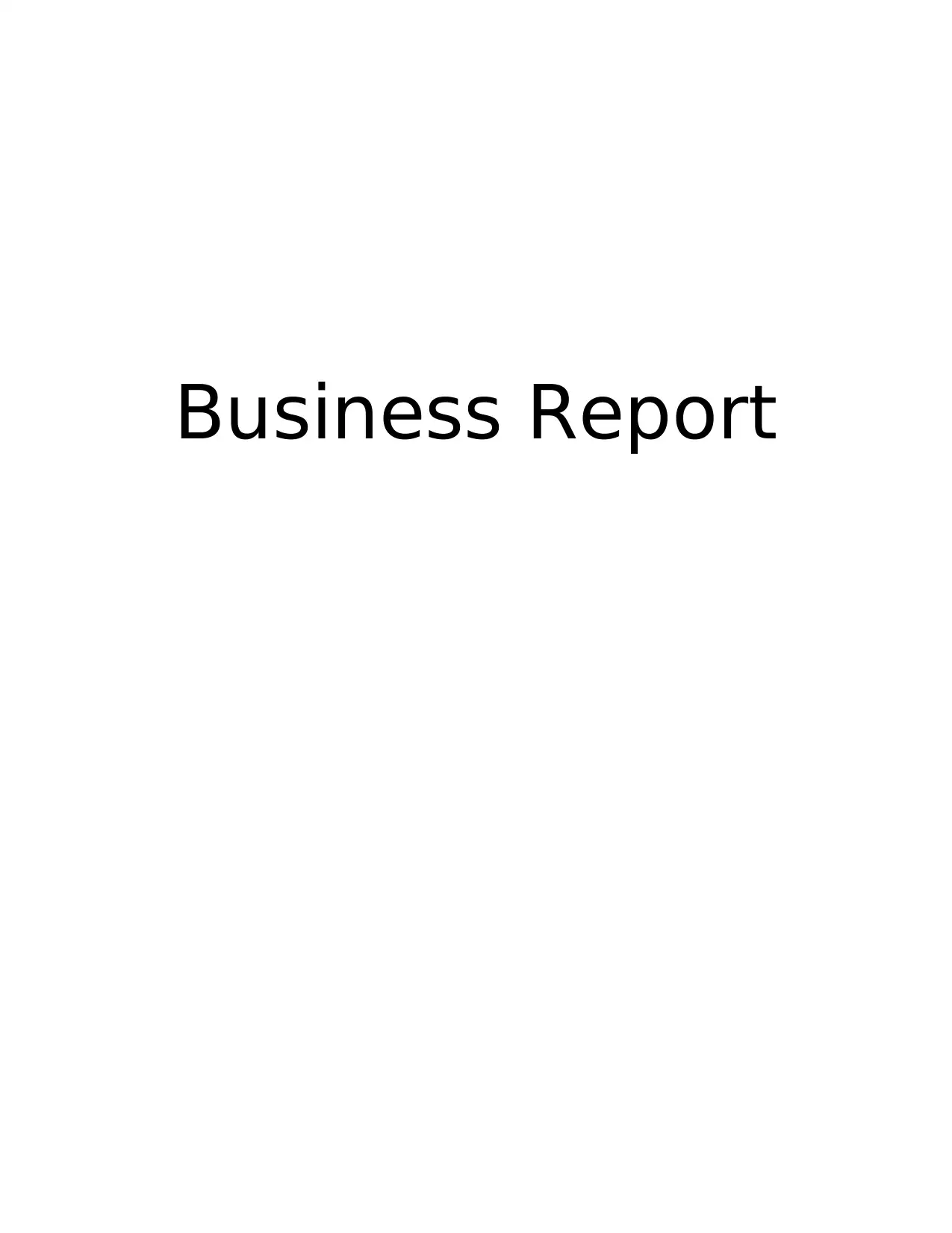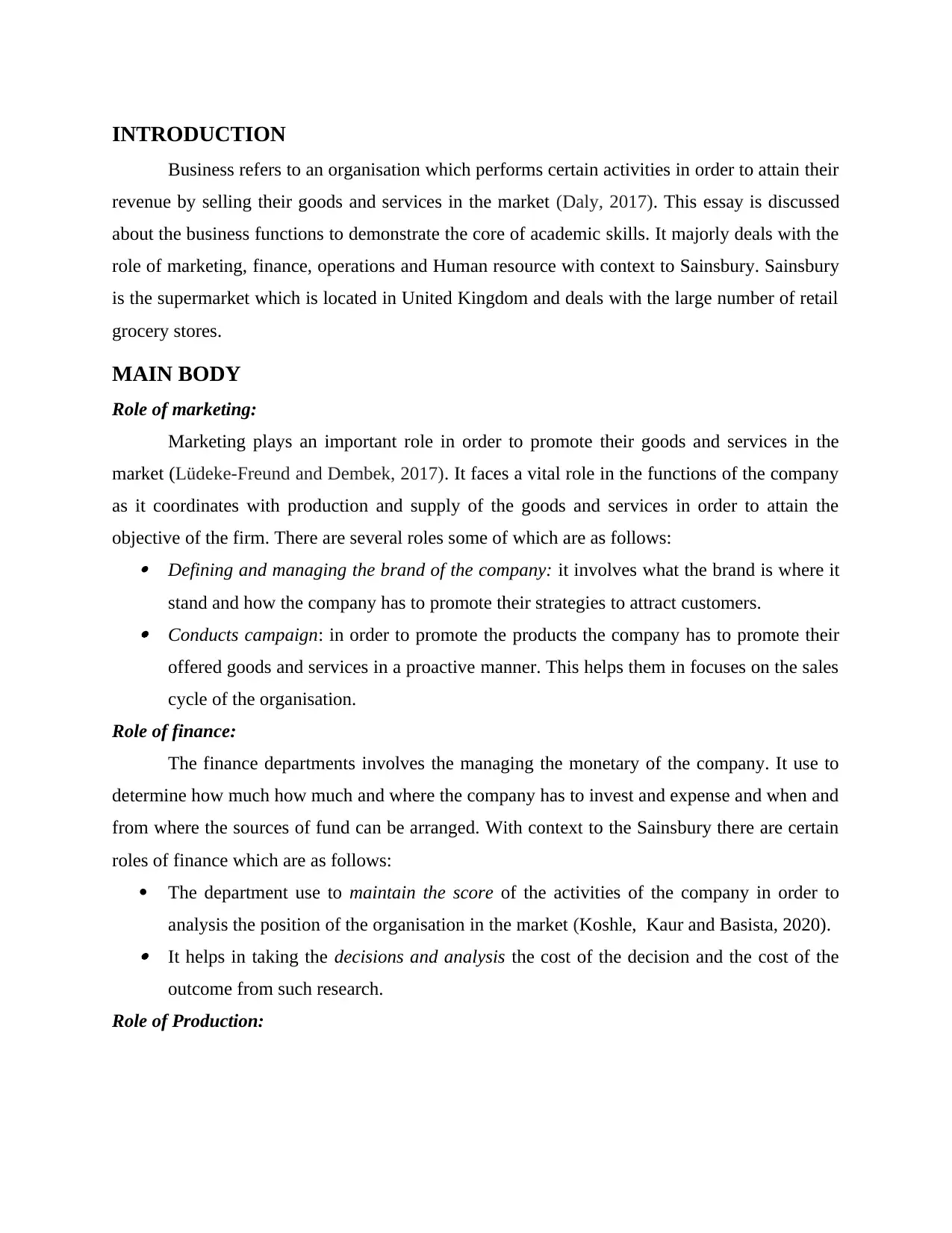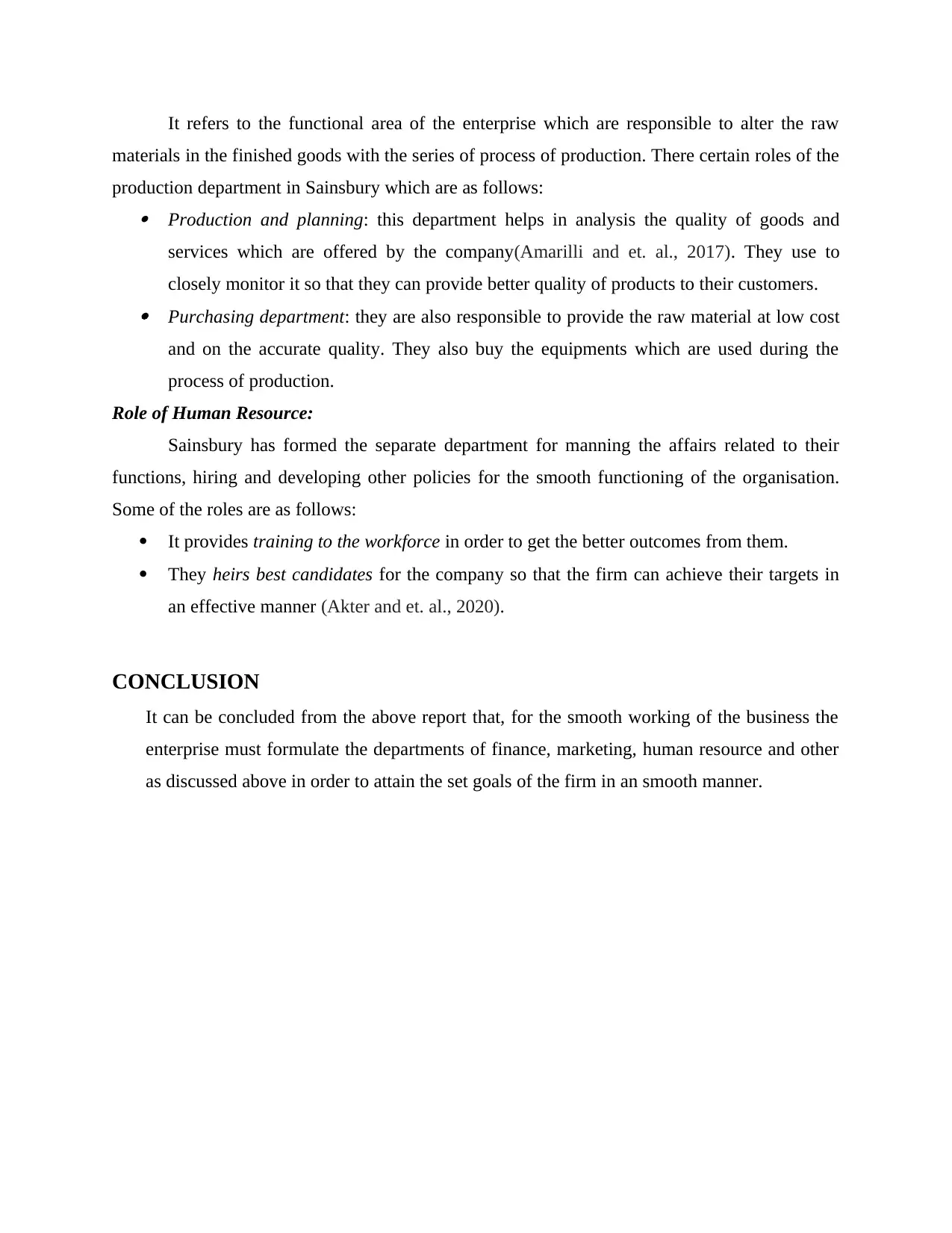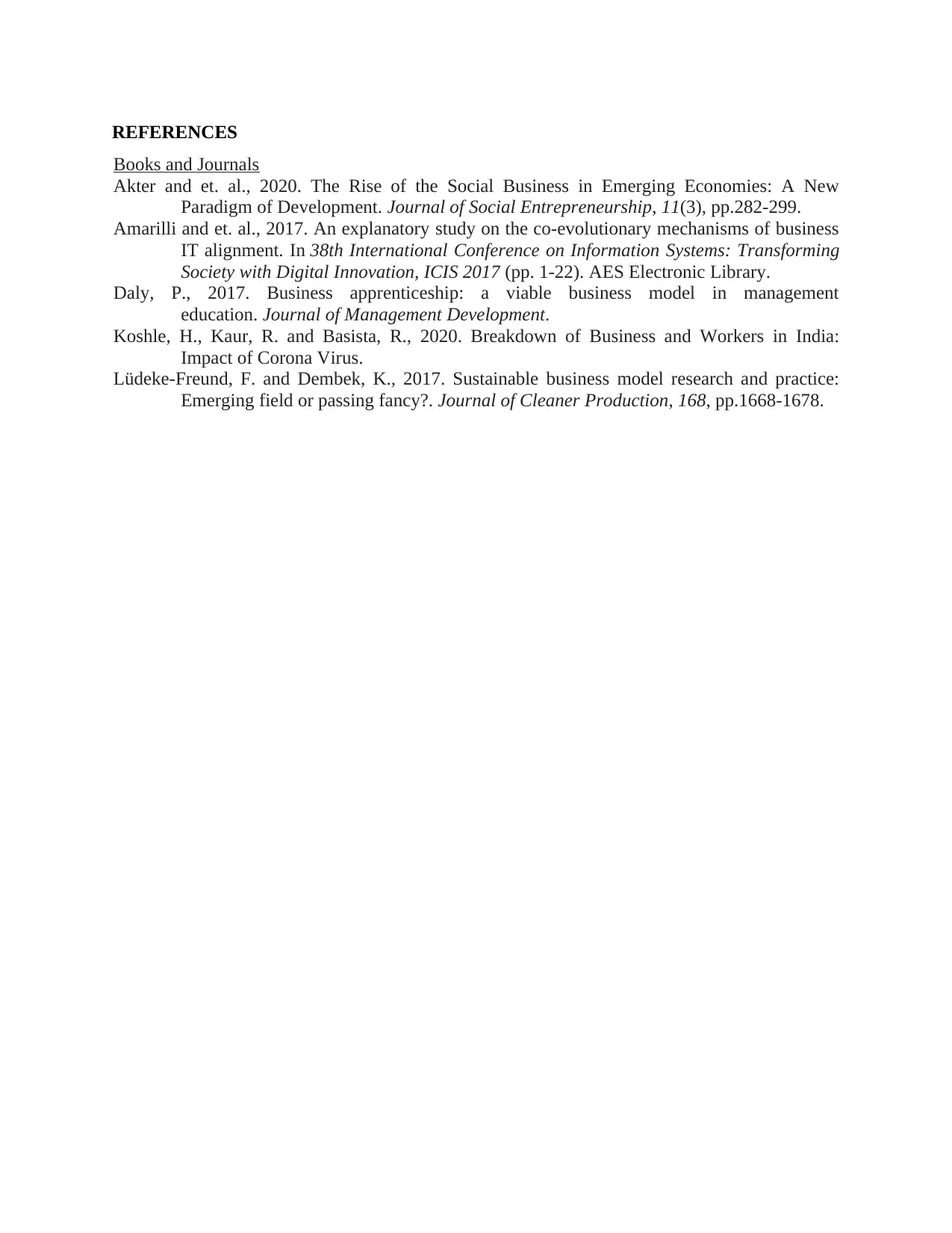Sainsbury's Business Functions: Marketing, Finance, and HR
VerifiedAdded on 2022/12/23
|4
|796
|66
Report
AI Summary
This business report provides an analysis of Sainsbury's operations, focusing on the key business functions of marketing, finance, operations, and human resources. The report explores the roles and responsibilities of each department within the context of Sainsbury's retail environment in the UK. It examines how marketing defines and manages the brand, conducts campaigns, and promotes goods and services. The finance section discusses financial management, decision-making, and cost analysis. The operations section covers production planning, quality control, and purchasing. Finally, the human resources section explores workforce training, employee selection, and overall personnel management. The report concludes by emphasizing the importance of these integrated functions for the smooth and successful operation of the business. The report is supported by academic references to reinforce the concepts discussed.
1 out of 4











![[object Object]](/_next/static/media/star-bottom.7253800d.svg)